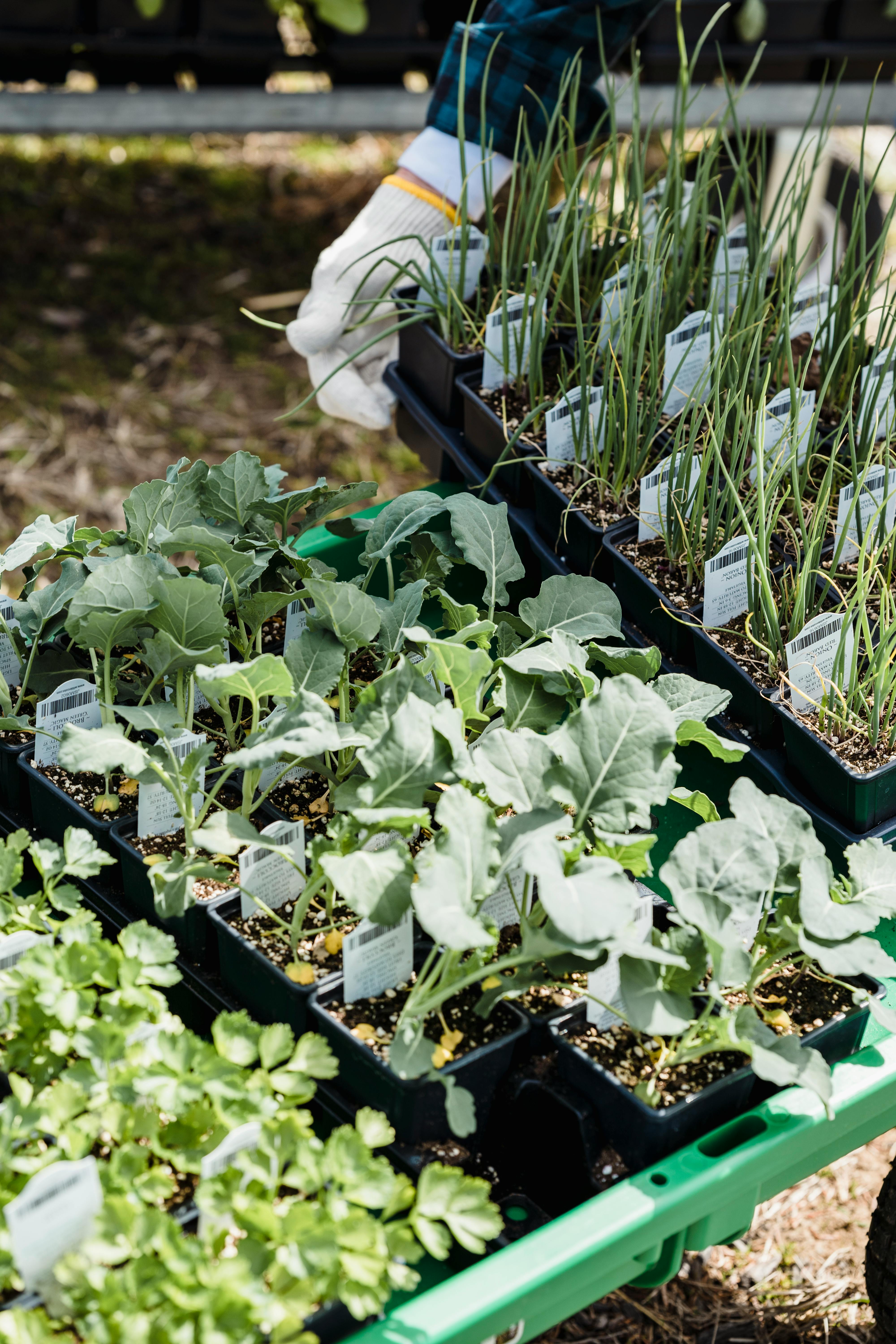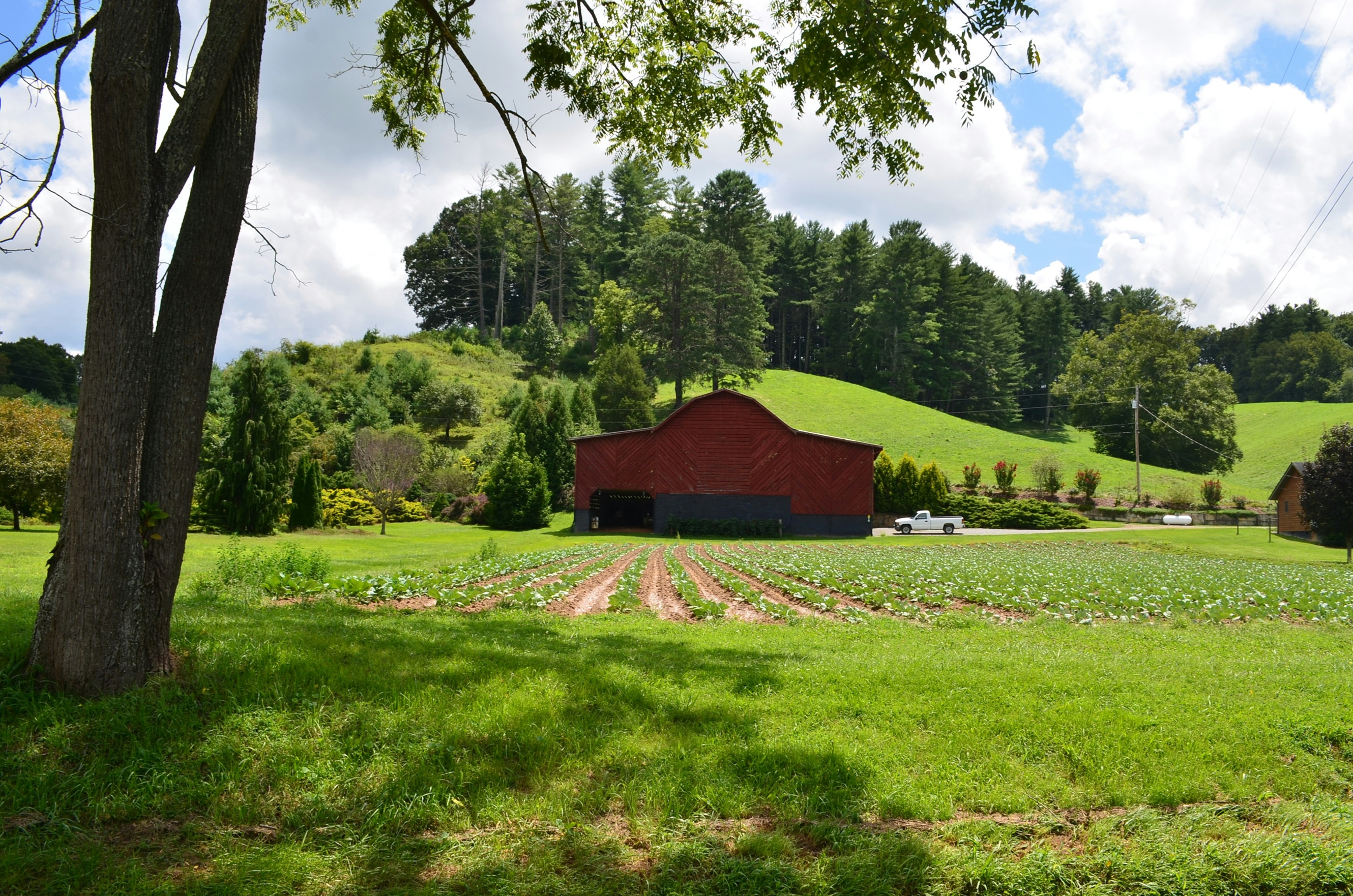
Starting Your Homestead: A Beginner’s Guide to Simple, Self‑Sufficient Living
Homesteading is more than a trend. It’s a return to a slower, more intentional way of life. Whether you live on five acres or a suburban backyard, you can begin creating a homestead that provides food, security, and a deep sense of fulfillment. Here’s how to get started without feeling overwhelmed.
Start Small and Grow Steadily
It's tempting to imagine a fully functioning farm right away: chickens, goats, orchards, and a massive vegetable garden. But experienced homesteaders will tell you to start small. Trying to do too much too soon is a surefire way to get overwhelmed, burnt out, and even give up. Think of your homestead as a marathon, not a sprint.

Begin with a few raised garden beds or container gardens. These are manageable, require less initial investment, and provide a fantastic learning ground for understanding soil, watering, and plant needs. You'll quickly discover what thrives in your specific climate and what challenges you might face.
Learn to grow easy crops like lettuce, radishes, and herbs. These are quick to mature, offer a high success rate, and will give you immediate satisfaction and tangible results. There's nothing quite like harvesting your first homegrown salad!
Then, add one project at a time. For example, plant a small berry patch this year and consider chickens next year. This phased approach allows you to master each new skill set before moving on to the next. You'll have time to research, plan, and properly prepare for each addition without feeling rushed or unprepared. Starting small allows you to learn from mistakes without losing a season's worth of work or money, building your confidence and expertise along the way.
Build Your Soil Before Anything Else
Healthy soil is the foundation of a thriving homestead. Think of your soil as the literal bedrock of your self-sufficiency journey. Just as a strong house needs a solid foundation, robust plants and productive gardens need vibrant, nutrient-rich soil. Even if you only have a small backyard plot, focus on building fertility first. Skimping on this step will lead to disappointing yields and frustrated efforts down the line.

The most accessible and effective way to begin is to start a compost pile or bin. This is where your kitchen scraps (fruit and vegetable peels, coffee grounds, eggshells), yard clippings (grass, leaves, small branches), and other organic materials transform into rich, dark compost. This "black gold" is teeming with beneficial microorganisms and essential nutrients, improving soil structure, water retention, and aeration. It's a closed-loop system that turns waste into a valuable resource for your garden.
For larger areas, or as an advanced step for smaller plots, consider cover crops like clover or rye to add nutrients. These "living mulches" are planted not for harvest, but to protect and enrich the soil. They prevent erosion, suppress weeds, and, especially in the case of legumes like clover, fix atmospheric nitrogen into a form usable by plants, acting as a natural fertilizer. When tilled into the soil, they add valuable organic matter.
Finally, it's wise to test your soil and amend with natural materials such as aged manure, bone meal, or wood ash. A soil test will give you a detailed analysis of your soil's current nutrient levels and pH, allowing you to make targeted amendments. Aged manure provides a broad spectrum of nutrients and improves soil structure. Bone meal is an excellent source of phosphorus, crucial for root development and flowering. Wood ash, used sparingly and with caution, can provide potassium and help raise soil pH if it's too acidic. Your plants, and future self, will thank you for investing the time and effort upfront into creating a fertile and sustainable growing environment.
Raise Livestock (When You’re Ready)
Animals bring life and vibrancy to a homestead, but they also bring significant responsibility and commitment. They require daily care, proper housing, and protection from the elements and predators. It's crucial to approach raising livestock with careful consideration and preparation, ideally when you're truly ready to dedicate the time and resources. For most aspiring homesteaders, chickens are the absolute best first step into the world of animal husbandry.
Chickens offer a multitude of benefits that make them ideal for beginners. Primarily, they provide a consistent supply of fresh eggs, a cornerstone of self-sufficiency. Beyond eggs, they're fantastic at eating food scraps, helping to reduce kitchen waste. Their droppings, rich in nitrogen, are invaluable for enriching compost piles and directly fertilizing garden beds (after proper composting or aging).
Before bringing home your first flock, it's essential to build a secure coop and run to protect them from predators. Raccoons, foxes, hawks, and even domestic dogs can pose a serious threat to chickens. A sturdy, predator-proof enclosure is non-negotiable for their safety and your peace of mind.
To avoid being overwhelmed, start with a small flock (4–6 hens) to learn the ropes. This allows you to understand their behavior, feeding needs, health signs, and daily routines without managing a large, complex operation. You'll quickly get a feel for what works best in your specific environment.
Once you’re comfortable and confident in your ability to care for chickens, you can then explore other livestock options. Ducks are another excellent choice for eggs and pest control. Rabbits can provide a sustainable source of meat and their manure is highly beneficial for gardens. For those with more space and a greater commitment, goats can be a rewarding addition, offering milk for drinking, cheese making, and even soap production. Remember, each new animal brings its own unique set of requirements and benefits, so always research thoroughly before expanding your homestead's animal kingdom.
Learn to Preserve Your Harvest
Homesteading isn't just about growing food; it's about making that hard work last throughout the year. Learning various preservation methods is key to maximizing your yield, reducing waste, and enjoying the fruits (and vegetables!) of your labor long after the growing season ends. This skill set is incredibly empowering, transforming fresh produce into shelf-stable provisions.
One of the most popular and versatile methods is canning. This technique uses heat to create a vacuum seal in jars, making it perfect for extending the life of your bounty. You can use it for sweet treats like jams and jellies, tangy additions such as pickles, or savory staples like tomato sauces and salsas. There are two main types: water bath canning for high-acid foods and pressure canning for low-acid foods. Starting with simple recipes and ensuring proper sterilization and sealing techniques are crucial for safety.
Drying (or dehydration) is another ancient and effective preservation method. By removing moisture, you inhibit spoilage and concentrate flavors. It's great for herbs, allowing you to create your own blends for cooking or medicinal teas. Fruits like apples, berries, and apricots dry beautifully for snacks or additions to granola. You can even dry certain vegetables or teas from your garden. Sun drying, oven drying on low heat, or using a dedicated dehydrator are all options, depending on your scale and resources.
Fermenting is a fascinating and delicious way to preserve food while also enhancing its nutritional value. This process relies on beneficial microorganisms to transform ingredients, creating unique flavors and textures. Sauerkraut (fermented cabbage), kimchi (spicy fermented vegetables), and kombucha (fermented tea) are simple and delicious entry points into this world. Fermentation can be done with minimal equipment and often doesn't require heat, preserving more of the food's natural enzymes and vitamins.
Even preserving a few jars of tomatoes from your first harvest or drying a batch of herbs gives a huge sense of accomplishment. It's a tangible step towards self-sufficiency and a powerful reminder of the connection between your efforts in the garden and the food on your table. Start with one method and a few easy recipes, and gradually expand your preservation repertoire as your confidence grows.
Embrace the Lifestyle, Not Just the Work
Homesteading, at its core, isn't solely about the physical chores and endless to-do lists. It's fundamentally a mindset shift, a conscious decision to return to a slower, more intentional way of life. It’s about deeply connecting with nature, understanding the rhythms of the seasons, and truly savoring the profound rewards of your labor. If you only focus on the tasks, you'll quickly become overwhelmed and lose sight of the deeper purpose.
Make it a point to take time to enjoy morning walks through your garden. Observe the dew on the leaves, listen to the buzzing of bees, and notice the subtle changes in your plants day by day. These moments of quiet observation are not just pleasant; they foster a deeper appreciation for the life you're cultivating and provide a valuable break from the more demanding aspects of homesteading.

Homesteading can also be a wonderful way to build community. Share your harvest with friends or neighbors. Offer them a basket of freshly laid eggs, a jar of your homemade pickles, or a bounty of garden-fresh vegetables. This not only strengthens your relationships but also spreads the joy and abundance that homesteading can bring, often leading to reciprocal sharing and new friendships.
Finally, and perhaps most importantly, celebrate small wins. Did you get your first egg from a new hen? That's a triumph! Did your first jar of jam seal perfectly? High five! Did a tiny seedling you planted finally sprout from the soil? Marvel at that little miracle! These small victories, often overlooked in our fast-paced world, are the fuel that keeps your passion alive and reminds you of the immense satisfaction that comes from living a more self-sufficient, connected life.
Final Thoughts
Starting a homestead doesn't require a perfect plan or endless acreage. It simply takes curiosity, patience, and the willingness to learn. Don't let the grand vision paralyze you; instead, focus on the journey and the lessons learned along the way. Homesteading is an ongoing process of discovery, adaptation, and growth, much like the plants and animals you'll tend.
Each small step you take, whether it's planting your first seed in a humble pot, collecting your first egg from a backyard chicken, or successfully preserving a batch of garden tomatoes, brings you closer to a life that is more sustainable, rewarding, and deeply connected to the earth. These moments, however small, build confidence and provide tangible proof of your progress. They are the building blocks of a self-sufficient lifestyle, cultivated one successful endeavor at a time.
Embrace the learning curve, celebrate your achievements, and find joy in the process of creating something meaningful with your own hands.
Happy homesteading!